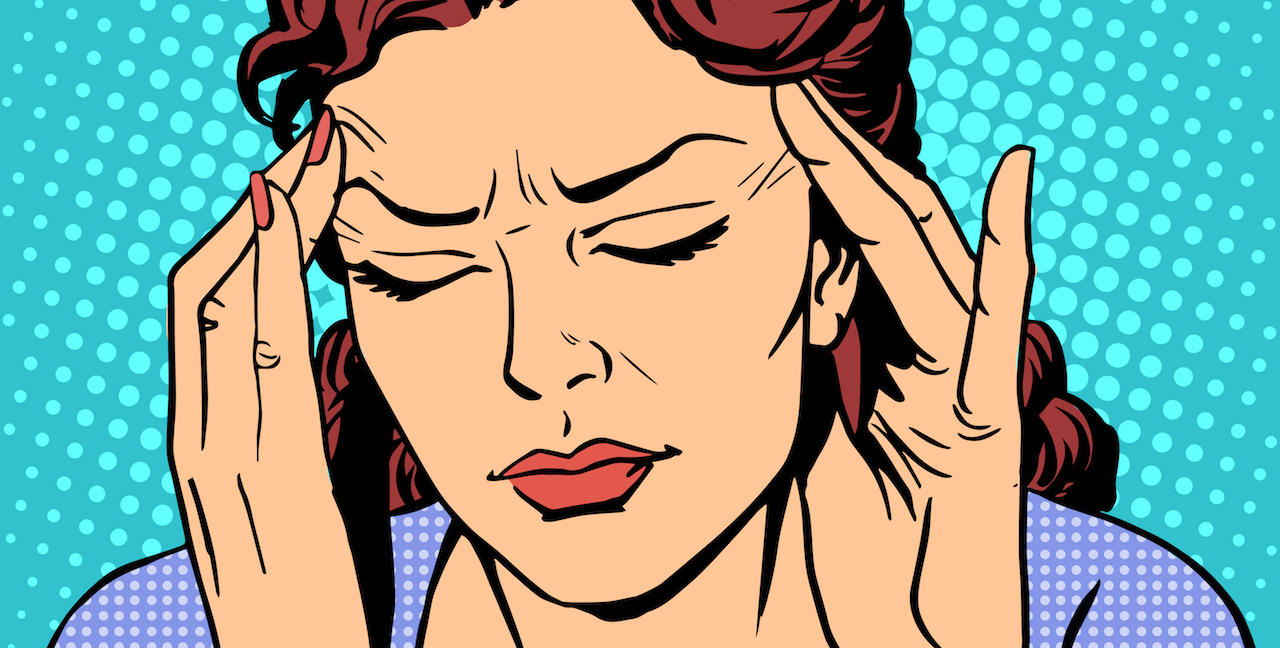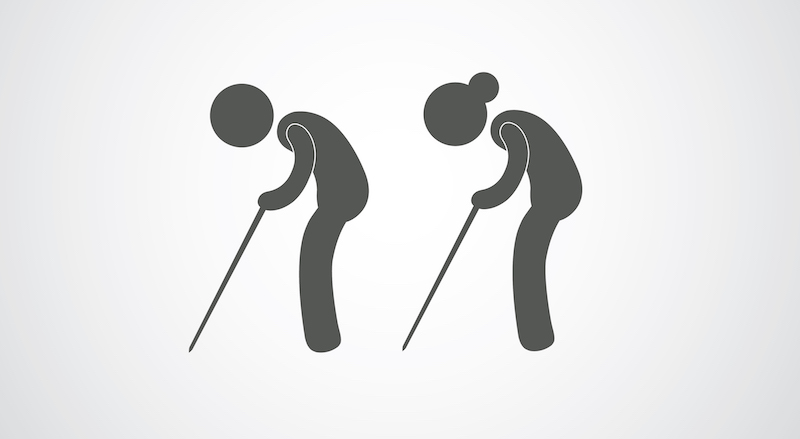Pain isn’t pretty, but it is necessary. The World Health Organization defines pain as “an unpleasant sensory or emotional experience associated with actual or potential tissue damage, or described in terms of such damage”.
The purpose of pain is to warn your body to take action to prevent further tissue damage. How you feel and react to pain depends on what’s causing it.
Pain is felt when particular nerve endings detect tissue damage and are stimulated. This may come from damage to your tissues like when you’ve cut yourself, or from disruption to the nerves themselves. Pain can also happen for no known cause or long after an injury has healed.
Pain can be tricky to manage, especially when it’s chronic, or when there aren’t any clear, anatomical reasons for your pain. Neuroscientists are discovering that, apart from the actual injury, pain is also part of your brain: this is why someone who lost their leg can still feel pain in the foot (phantom pain), because the pain-message exists somewhere in the brain.
With all this mystery around chronic pain and ‘phantom pain’, what treatments-options exist outside of medication?
3 natural pain remedies
- Peppermint is a popular flavouring in gum, toothpaste and tea – and with good reason. Menthol, its active ingredient, is one of nature’s most effective natural pain. When applied to the skin, it produces a cooling sensation, and can temporarily reduce minor levels of pain associated with athletic injuries, overuse or muscle pain. According to a study published in Mymensingh Medical Journal, peppermint can also help treat symptoms of IBS including abdominal pain, bloating, gas, and diarrhoea. Peppermint oil can be massaged on to aching muscles for instant relief. You can also add a few drops to your bath water and soak in, or sip a cup of peppermint tea.
- Ginger is known for relieving nausea, but may also help ease inflammation and pain associated with headaches, menstrual cramps, and arthritis. Gingerols, the active ingredient in ginger, has a similar structure to capsaicin – the active ingredient in chilli peppers, which is a known pain reliever. Like capsaicin, gingerols act on specific receptors in the body, called vanilloid receptors, which sit on pain sensory nerve endings. Unlike capsaicin, which dulls pain receptors after initially causing pain, ginger can achieve the same effect but without the initial painful response. Ginger, fresh or dried, can be added to stir-fries, soups or made into a tea.
- Devil’s claw is a desert plant grown in Southern Africa. It’s named for the miniature claw-like hooks that cover its fruit. For centuries, natives of the Kalahari Desert have dried and chopped up the roots of the plant to treat pain, indigestion and skin problems. Harpagoside, the active ingredient in devil’s claw, appears to reduce pain and inflammation in joints. In a study published in Phytomedicine, devil’s claw was found to improve pain, mobility, and flexibility in patients with lower back pain and osteoarthritis of the knee or hip. Find it as capsules, liquid extract, and dried root.
When to see a doctor:
- If the pain lasts longer than reasonably expected. A small burn, for instance, shouldn’t cause pain longer than a month. If it does, see your doctor immediately.
- If you develop other symptoms like fever, weakness, or loss of sensation along with the pain.
If the pain interferes with your quality of life.
References:
- https://www.medicalnewstoday.com/articles/145750.php
- http://www.mayoclinic.org/understanding-pain/art-20208632
- http://www.health24.com/Medical/Pain-Management/About-pain/Definition-of-pain-20120721
- http://www.arthritis.org/living-with-arthritis/treatments/natural/supplements-herbs/guide/devils-claw.php
- http://www.abc.net.au/science/news/health/HealthRepublish_433324.htm
- http://www.naturopathaustralia.com/blog/the-pain-killing-properties-of-ginger/28
- http://www.umm.edu/health/medical/altmed/herb/peppermint





